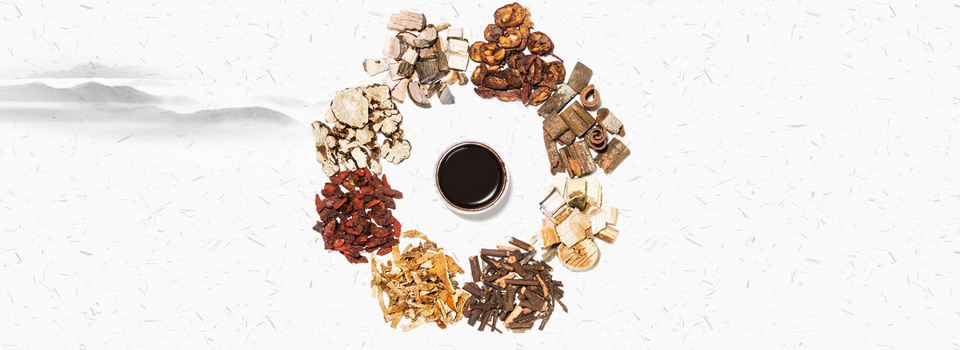dihydroberberine, dihydroberberine hydrochloride



| Name | Dihydroberberine | ||
| PubChem CID | 10217 | ||
| Molecular Weight | 337.4g/mol | ||
| Synonyms |
dihydroberberine, dihydroberberine hydrochloride |
||
| Formula | C₂₀H₁₉NO₄ | ||
| SMILES | COC1=C(C2=C(C=C1)C=C3C4=CC5=C(C=C4CCN3C2)OCO5)OC | ||
| InChI | 1S/C20H19NO4/c1-22-17-4-3-12-7-16-14-9-19-18(24-11-25-19)8-13(14)5-6-21(16)10-15(12)20(17)23-2/h3-4,7-9H,5-6,10-11H2,1-2H3 | ||
| InChIKey | FZAGOOYMTPGPGF-UHFFFAOYSA-N | ||
| CAS Number | 483-15-8 | ||
| ChEMBL ID | CHEMBL11848 | ||
| ChEBI ID | CHEBI:192073 | ||
| Herb ID | HBIN023818 | ||
| Toxicity | Organism | Test Type | Route(Dose) |
| rat | LD50 | intraperitoneal(165 mg/kg) | |
| mouse | LD50 | intraperitoneal(254 mg/kg) | |
| rat | LD50 | oral(322 mg/kg) | |
| Structure | 
|
Download
2D
MOL
3D
MOL
|
|
| Chineses Pinyin | XiaoBo | ||
| Use Part | Root and branchlet | ||
| Habitat | Japan | ||
| Species |
>Kingdom: Viridiplantae
-->Phylum: Streptophyta
-->Class: Equisetopsida
-->Order: Ranunculales
-->Family: Berberidaceae
-->Genus: Berberis
-->Species: Berberis thunbergii
|
||
| Pair Name | Dihydroberberine, Sunitinib | |||
| Partner Name | Sunitinib | |||
| Disease Info | [ICD-11: 2C25.Z] | Lung cancer | Investigative | |
| Biological Phenomena | Induction-->Proliferation | |||
| Gene Regulation | Down-regulation | Phosphorylation | MAPK8 | hsa5599 |
| Down-regulation | Phosphorylation | MAPK14 | hsa1432 | |
| Down-regulation | Phosphorylation | NFKB1 | hsa4790 | |
| Down-regulation | Expression | IKBKE | hsa9641 | |
| Down-regulation | Expression | COX2 | hsa4513 | |
| Down-regulation | Expression | IL1B | hsa3553 | |
| Up-regulation | Expression | CCND1 | hsa595 | |
| Down-regulation | Expression | CCNE1 | hsa898 | |
| Up-regulation | Expression | CCNB1 | hsa891 | |
| Up-regulation | Expression | CDK1 | hsa983 | |
| In Vitro Model | A-549 | Lung adenocarcinoma | Homo sapiens (Human) | CVCL_0023 |
| NCI-H460 | Lung large cell carcinoma | Homo sapiens (Human) | CVCL_0459 | |
| NCI-H1299 | Lung large cell carcinoma | Homo sapiens (Human) | CVCL_0060 | |
| In Vivo Model | Four to six‐week‐old non‐obese diabetic severe combined immunodeficiency (NOD/SCID) mice were injected subcutaneously into the right flank with 4×10⁶ NCI‐H460 cells suspended in sterile physiological saline. | |||
| Result | DCS induced the expression of cell cycle signal molecules that are known to be affected by JNK and p38. The change of cell cycle, in turn, led to down-regulation of JNK and p38, and further reduced IL-1 secretion. Collectively, these findings highlight potential molecular mechanisms of DCS chemotherapeutic activity and suggest that DCS is an efficacious strategy in NSCLC therapy. | |||
